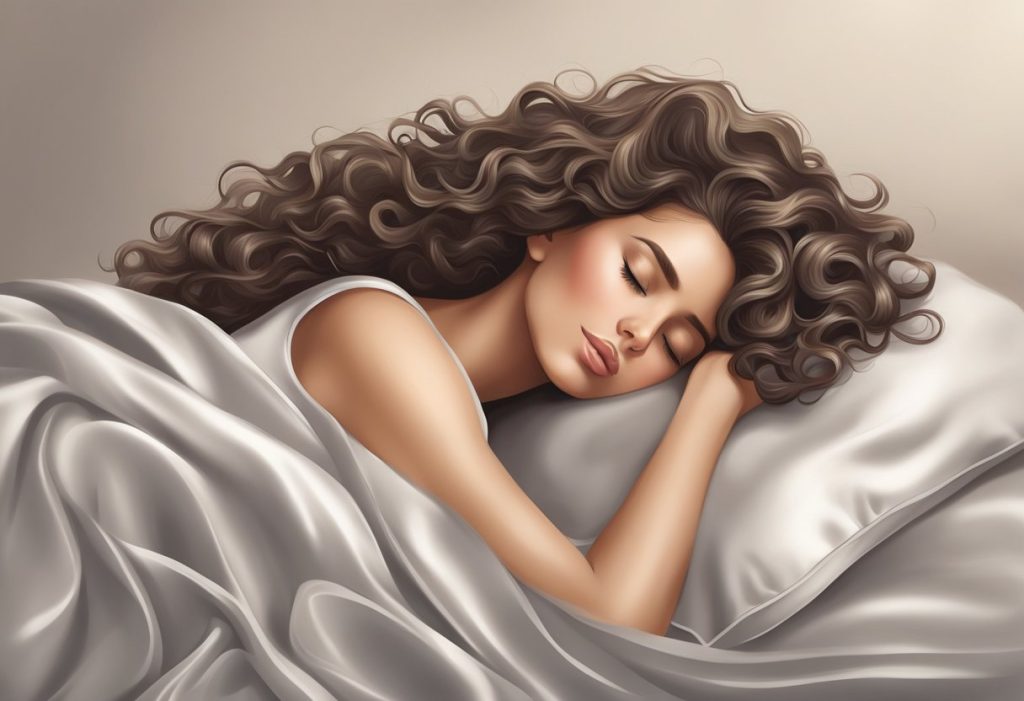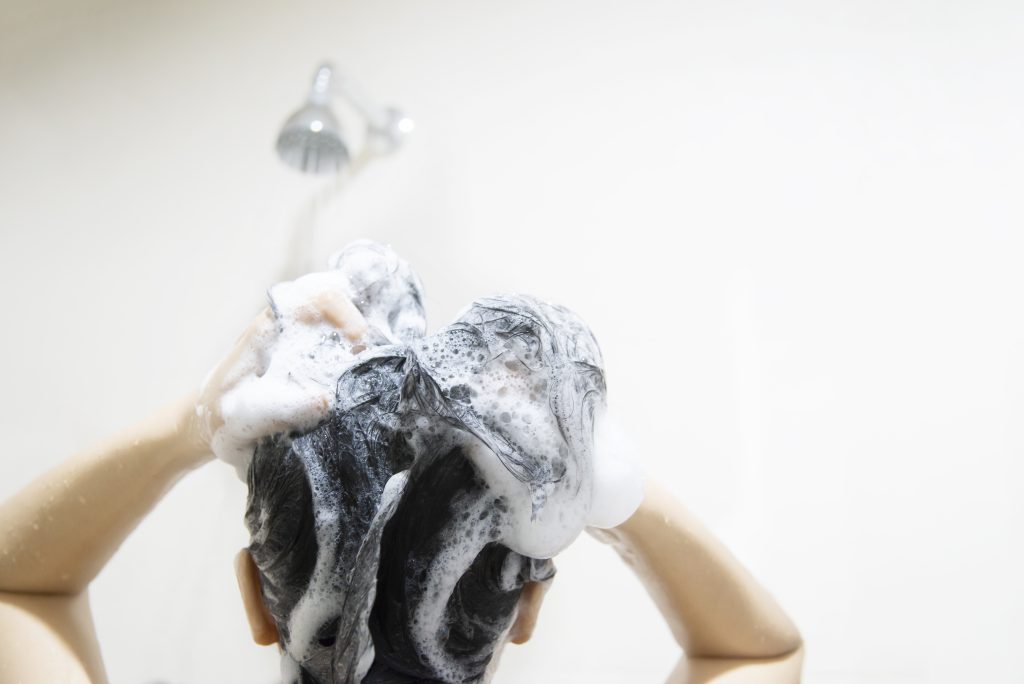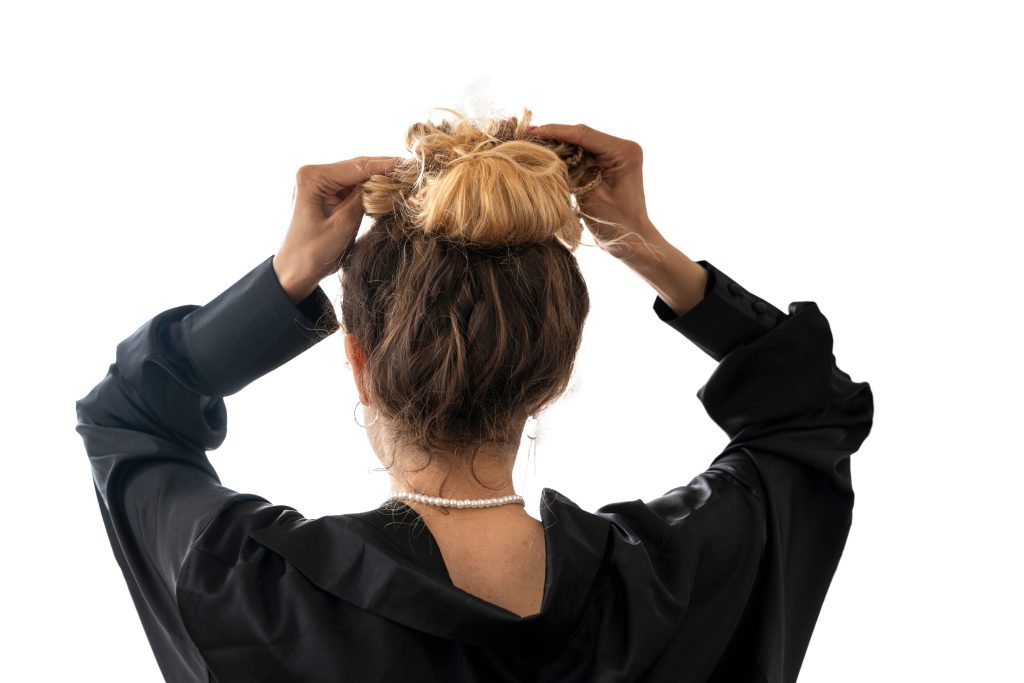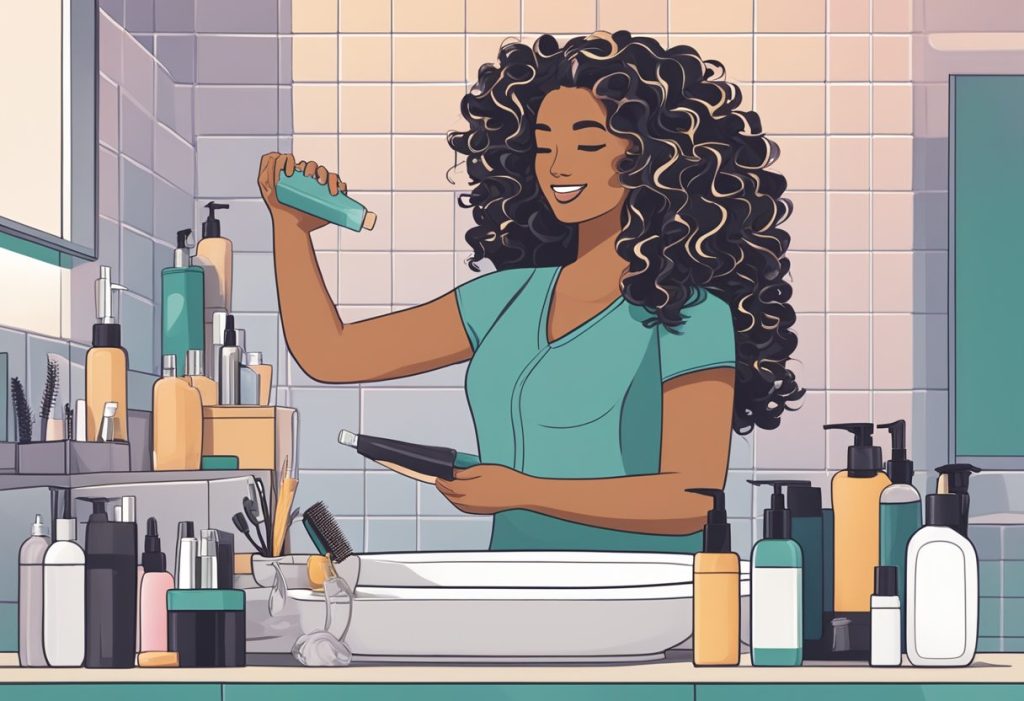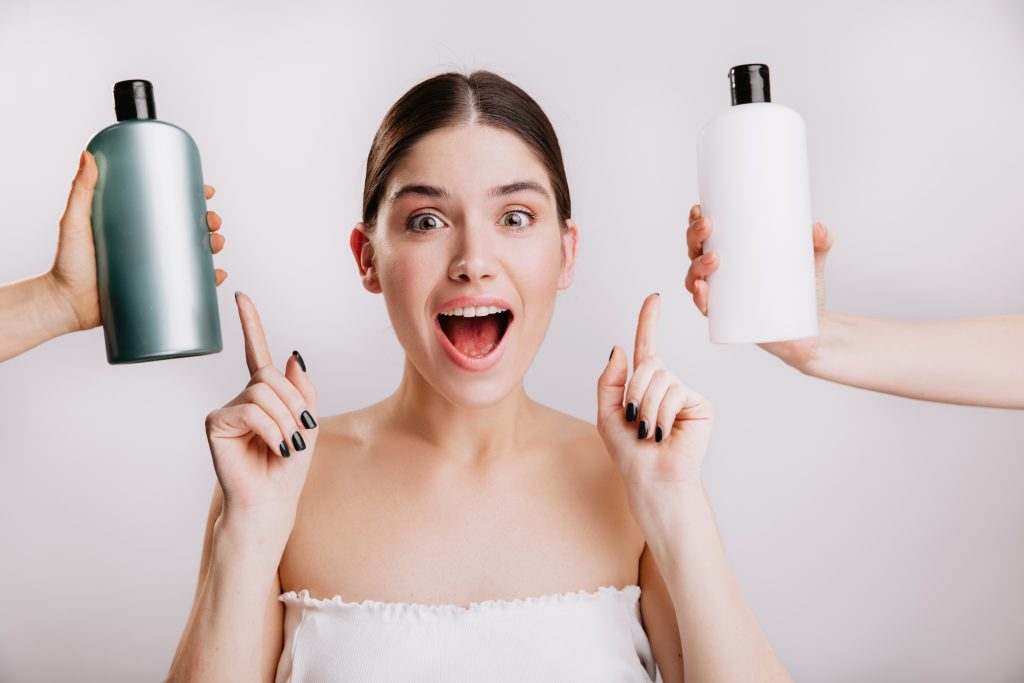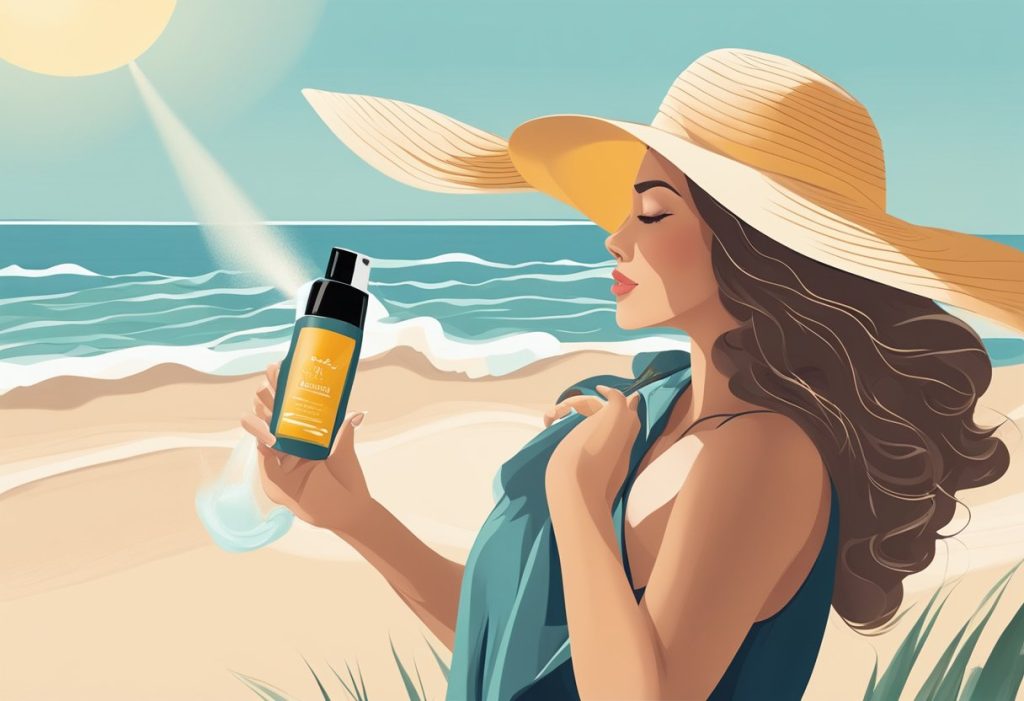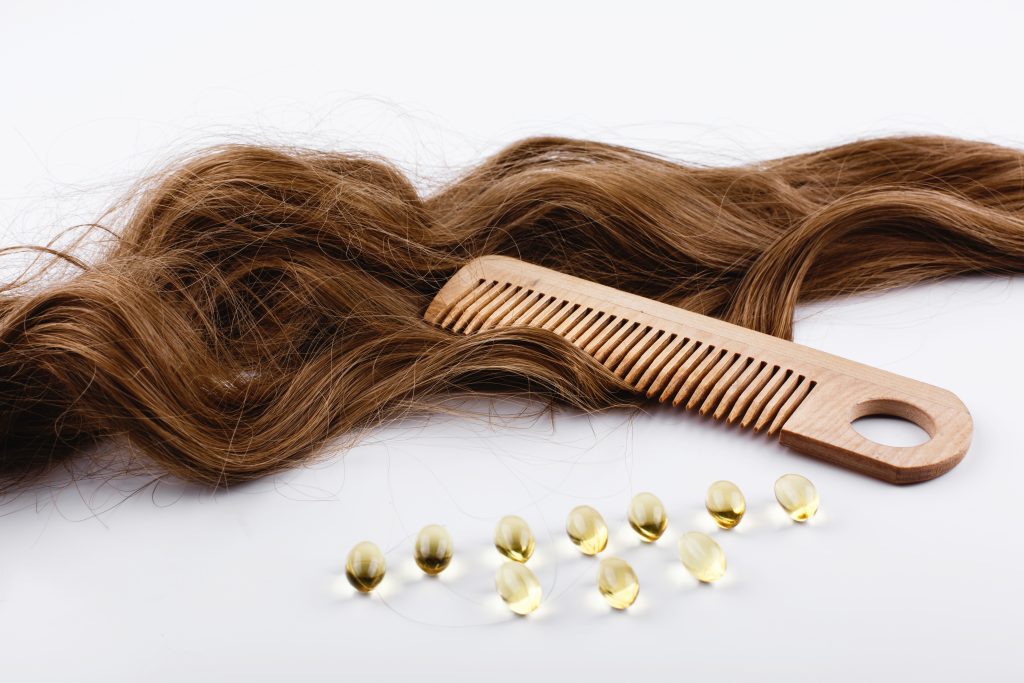Hello there 🙂
Have you ever been wondering what type of wavy hair have you got? That’s right, there are more types then one.
There are three main types of wavy hair: 2A, 2B, and 2C. Knowing your hair type can help you choose the right products and styling techniques to enhance your natural waves.
Type 2A hair is the loosest type of wavy hair, with gentle waves that are easy to manage. Type 2B hair has slightly more defined waves that can be prone to frizz. Type 2C hair has the most defined waves, with curls that can range from loose to tight. Understanding your hair type can help you determine the best way to care for your hair and achieve the look you want.
To find out what type of wavy hair you have, you can look at the shape of your waves and the texture of your hair. Once you know your hair type, you can choose the right products and techniques to enhance your natural waves and keep your hair healthy and hydrated. Whether you have loose, defined, or tight waves, there are plenty of ways to embrace your natural texture and achieve the perfect beachy look.
Understanding Wavy Hair Types
Determining your hair type is the first step towards finding the best ways to style and care for it. The hair typing system categorizes hair into four main types: straight, wavy, curly, and coiled. Each hair type has three subcategories, and the hair can have varying curl patterns and thicknesses.
If you have wavy hair, you fall under the type 2 category. Type 2 hair is not completely straight nor is it completely curly. It’s somewhere in between, with a defined S-shaped wave throughout the lengths. Type 2 hair can be further classified into three subcategories: 2A, 2B, and 2C.
- Type 2A hair is fine and thin, with a loose S pattern. It’s generally easy to manage and style, and it tends to be shiny.
- Type 2B hair is slightly thicker and has a more defined S pattern. It’s more challenging to straighten than type 2A hair, yet easier to straighten than type 2C.
- Type 2C hair has a more defined S-shaped wave throughout the lengths and can take on an almost ringlet-like appearance. It’s generally coarser in diameter, although this isn’t always the case.
Knowing your hair type can help you understand how to care for it and what products to use. For example, if you have type 2A hair, you may want to use lightweight products that won’t weigh your hair down. If you have type 2B hair, you may want to use products that provide more hold and definition. And if you have type 2C hair, you may want to use products that provide extra moisture to combat frizz.

Type 2A Hair Characteristics
Type 2A hair is the flattest and loosest of all wavy hair types. It has enough of a wave to not be considered straight but typically lacks in the body and volume departments. Type 2A hair is flat at the roots and will begin to wave on the curve of the head. It is a fine texture with an S-shape wave to it.
Your hair may need more manipulation than the other wavy hair types to create texture because the S wave pattern isn’t significant. You may find that your hair is prone to oiliness, so it’s important to use a clarifying shampoo once a week to remove buildup.
If you want to straighten your hair, it’s important to use a heat protectant to prevent damage. Straightening Type 2A hair can be easier than other wavy hair types because the waves are not as prominent. However, it’s important to avoid using too much heat or straightening your hair too often, as this can damage your hair over time.
Overall, Type 2A hair is a beautiful texture that can be styled in many different ways. Whether you choose to embrace your natural waves or straighten your hair, it’s important to use the right products and techniques to keep your hair healthy and looking its best.

Type 2B Hair Characteristics
If you have type 2B hair, you have hair that is moderately wavy and medium-textured. Your waves are more defined than those of type 2A hair, and your hair has a more noticeable S-shaped pattern. Your hair is not as curly as type 2C hair, but it still has a bit of a curl to it.
Type 2B hair tends to be frizzy, especially in humid weather. If you’re looking to manage your frizz, consider using a sulfate-free shampoo and conditioner. Sulfates can strip your hair of its natural oils, causing it to become dry and frizzy.
Because your hair is wavy, it can be prone to tangles. To prevent tangles, use a wide-tooth comb or a detangling brush. When brushing your hair, start at the ends and work your way up to the roots.
Type 2B hair can be versatile when it comes to styling. You can wear your hair straight, wavy, or curled. If you want to enhance your waves, try scrunching your hair while it’s damp and letting it air dry. You can also use a diffuser attachment on your hair dryer to enhance your waves.
When it comes to haircuts, type 2B hair can look great in a variety of styles. Shoulder-length cuts or long layers can help enhance your natural waves. If you’re looking for a shorter cut, consider a bob or a lob (long bob).
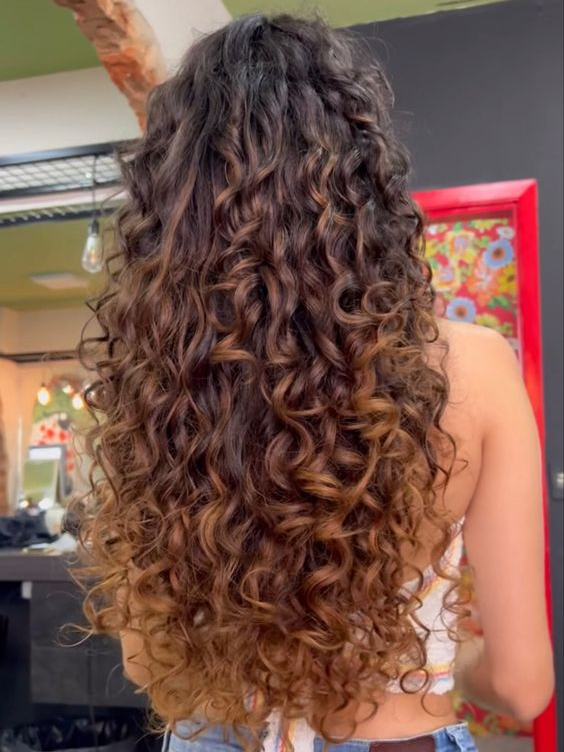
Type 2C Hair Characteristics
If you have Type 2C hair, you have wavy hair that has a strong wave pattern. Your hair can look anywhere from light waves to beachy waves to near-true curls. Your hair is thicker and coarser than Type 2A and 2B hair, and it tends to frizz more easily.
Type 2C hair is prone to dryness, so it’s important to keep it moisturized. You should use a sulfate-free shampoo and conditioner that are specifically formulated for wavy hair. Look for products that contain hydrating ingredients like shea butter, coconut oil, and argan oil.
When it comes to styling your hair, you have a lot of options. Your hair can hold a curl well, so you can use a curling iron or hot rollers to create defined curls. You can also use a diffuser attachment on your hair dryer to enhance your natural waves.
If you want to wear your hair straight, you’ll need to use a flat iron. Make sure to use a heat protectant spray before you apply heat to your hair to prevent damage.
To keep your Type 2C hair looking its best, you should avoid brushing it when it’s dry. Instead, use a wide-tooth comb or your fingers to detangle your hair when it’s wet. You should also avoid using too much product, as this can weigh down your hair and make it look greasy.
Overall, Type 2C hair can be a bit challenging to manage, but with the right care and styling techniques, you can make the most of your natural waves and curls.
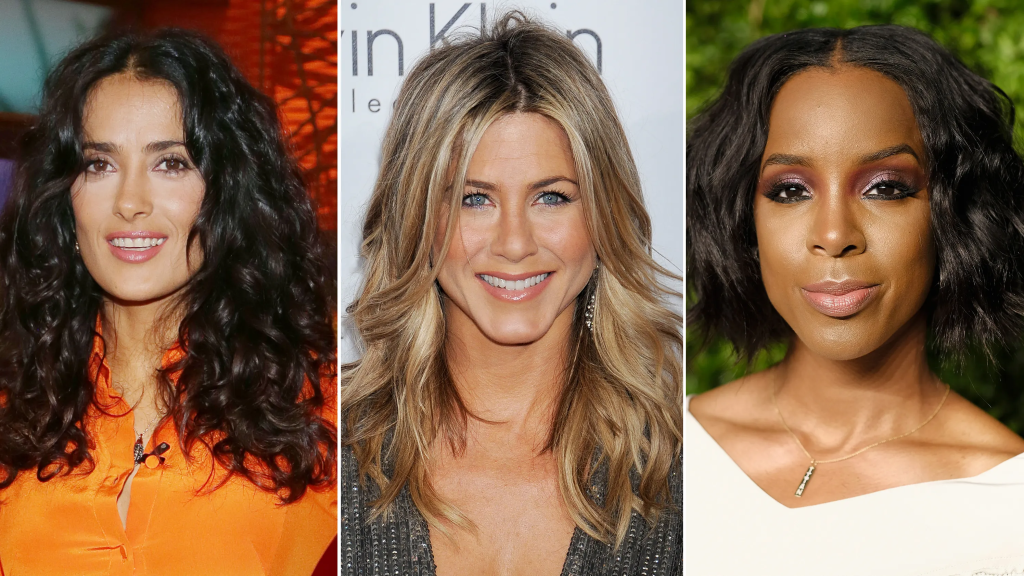
Celebrities With Wavy Hair Types
If you are wondering what wavy hair type you have, it can be helpful to look at examples of celebrities with similar hair types. Here are some famous people with 2A, 2B, and 2C hair types:
Type 2A
- Scarlett Johansson
- Jennifer Aniston
- Kate Hudson
Type 2A hair is characterized by loose waves that are not very defined. If you have this hair type, you may find that your hair is relatively easy to style, but it can be prone to frizz and lack of volume.
Type 2B
- Blake Lively
- Halsey
- Jessica Alba
Type 2B hair has more pronounced waves that are closer to curls. This hair type can be more difficult to manage, as it tends to be frizzy and prone to tangles. However, with the right products and styling techniques, you can enhance your waves and create a beautiful, beachy look.
Type 2C
- Zendaya
- Shakira
- Salma Hayek
Type 2C hair is the most defined of the wavy hair types, with waves that are closer to curls. This hair type can be quite thick and coarse, and it requires a lot of moisture to keep it healthy and manageable. However, when styled correctly, it can look absolutely stunning.
Remember, these are just a few examples of celebrities with different wavy hair types. Your hair may not look exactly like theirs, but it can be helpful to see what others with similar hair types are doing to care for and style their hair.

How To Take Care Of Wavy Hair
Wavy hair can be a challenge to care for, but with the right techniques and products, you can keep your locks looking their best. Here are some tips to help you care for your wavy hair:
Shampoo and Conditioner
When it comes to shampooing your wavy hair, it’s important to choose a product that won’t strip your hair of its natural oils. Look for a sulfate-free shampoo that is gentle on your hair and scalp. You can also try co-washing, which involves using a conditioner instead of shampoo to cleanse your hair.
Conditioner is essential for wavy hair, as it helps to moisturize and detangle your locks. Look for a lightweight conditioner that won’t weigh your hair down, and focus on applying it to the ends of your hair, where it is most prone to dryness and damage.
Styling Products
Styling products can help you achieve the perfect wave, but it’s important to choose the right products for your hair type. If you have fine or thin hair, look for lightweight products like mousses or leave-in conditioners. If you have thick or coarse hair, you may need something heavier like a cream or gel.
A diffuser can also be a game-changer for wavy hair. This attachment for your hair dryer helps to distribute heat evenly and prevent frizz, making it a great option for air-drying your hair.
Deep Conditioning And Hair Masks
Deep conditioning treatments and hair masks can help to restore moisture to your wavy hair, especially if it is damaged or prone to dryness. Look for a product that is specifically designed for your hair type, and use it once a week or as needed.
Detangling
Wavy hair can be prone to tangles, so it’s important to use a wide-tooth comb or a detangling brush to gently work out any knots. Start at the ends of your hair and work your way up, being careful not to pull or tug on your hair.
Haircuts
Regular haircuts are important for maintaining healthy, wavy hair. A layered cut can help to enhance your natural waves and prevent your hair from looking weighed down.
Skincare
The health of your hair is closely linked to the health of your scalp, so it’s important to take care of your skin as well. Avoid using products with synthetic fragrances or harsh chemicals, and consider sleeping on a satin pillowcase to prevent friction and breakage.
Humidity
Humidity can wreak havoc on wavy hair, causing it to frizz and lose its shape. To combat this, try using lightweight products and avoiding heavy styling products. You can also try air-drying your hair instead of blow-drying it, or using a diffuser attachment to help distribute heat evenly. Finally, consider using a microfiber towel to gently blot your hair dry, as this can help to prevent frizz.
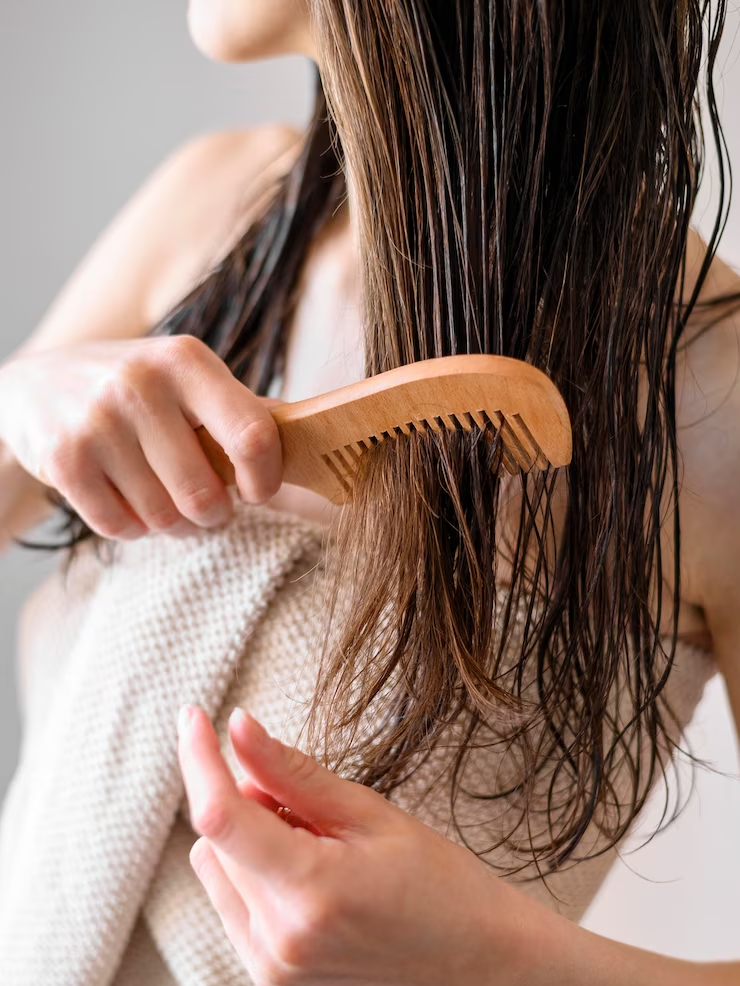
Styling Techniques for Wavy Hair
Styling wavy hair can be a challenge, especially if you’re not sure what type of waves you have. But with the right techniques and products, you can enhance your natural texture and achieve a gorgeous, effortless look. Here are some tips for styling your wavy hair based on your curl type:
2A Waves
If you have 2A waves, which are the loosest and least defined type of waves, you can create more volume and texture with the following techniques:
- Use a volumizing mousse or spray to add body to your hair.
- Blow dry your hair with a diffuser attachment to enhance your natural waves.
- Create loose waves with a curling iron or wand, but be sure to use a heat protectant spray first.
2B Waves
2B waves are slightly more defined than 2A waves, with a slight S-shape pattern. To enhance your waves, try these techniques:
- Use a lightweight curl-enhancing cream or gel to define your waves and reduce frizz.
- Scrunch your hair with a microfiber towel or t-shirt to encourage your natural texture.
- Create beachy waves with a sea salt spray, but be careful not to overdo it.
2C Waves
2C waves are the most defined and voluminous type of waves, with a tighter S-shape pattern. To style your 2C waves, try these techniques:
- Use a curl-defining cream or mousse to enhance your waves and control frizz.
- Diffuse your hair with a blow dryer to enhance your natural texture.
- Create tighter waves with a curling iron or wand, but be careful not to damage your hair with too much heat.
No matter what type of waves you have, it’s important to avoid over-styling your hair. Too much heat or product can weigh down your waves and make them look limp or greasy. Instead, embrace your natural texture and use the right techniques and products to enhance it. With a little practice and experimentation, you can find the perfect styling routine for your wavy hair.
Frequently Asked Questions
What are the differences between 2A, 2B, and 2C wavy hair types?
2A wavy hair is the loosest type of wavy hair and has a slight “S” shape. 2B wavy hair has a more defined “S” shape and is thicker than 2A hair. 2C wavy hair is the most defined of the wavy hair types and has a more pronounced “S” shape.
How can I determine if my hair is 2A, 2B, or 2C?
The easiest way to determine your hair type is to look at the shape of your waves. If your waves are loose and have a slight “S” shape, you likely have 2A hair. If your waves are more defined and have a more pronounced “S” shape, you likely have 2B or 2C hair. You can also take a strand of your hair and examine it closely to see the shape of the wave.
What are some recommended hair products for 2B wavy hair?
For 2B wavy hair, it is recommended to use products that provide moisture and definition. A lightweight curl cream or mousse can help define your waves without weighing them down. A leave-in conditioner can also help keep your hair moisturized and healthy.
What is a good hair routine for 2A hair?
For 2A hair, it is important to use products that add volume and texture. A volumizing shampoo and conditioner can help add body to your hair. A texturizing spray can also help enhance your natural waves and give your hair a more defined look.
How can I enhance my 2C wavy hair?
To enhance your 2C wavy hair, it is recommended to use products that provide moisture and definition. A curl-enhancing cream or gel can help define your waves and keep them looking healthy and shiny. A deep conditioning treatment once a week can also help keep your hair moisturized and healthy.
What are some common styling mistakes to avoid with 2B/2C hair?
Some common styling mistakes to avoid with 2B/2C hair include using too much product, using products that are too heavy, and not using enough moisture. It is important to use products that are specifically designed for wavy hair and to avoid using too much product, as this can weigh down your waves and make them look limp. It is also important to use products that provide moisture and to avoid using products that are too heavy, as this can make your hair look greasy and weighed down.
Conclusion
By now, you should have a good idea of what wavy hair type you have. Whether you have 2A, 2B, or 2C hair, it’s important to understand your hair type so that you can take care of it properly and style it in a way that suits you.
Remember that wavy hair requires unique care to keep it hydrated and healthy. You should use sulfate-free shampoo and conditioner to avoid stripping your hair of its natural oils. You can also use hair masks and oils to keep your hair moisturized and shiny.
When it comes to styling your wavy hair, there are many options to choose from. You can let your hair air dry for a natural look or use a diffuser to enhance your waves. You can also use styling products like mousse, gel, or curl cream to define your waves and keep them in place.
Overall, having wavy hair is a beautiful thing. Embrace your natural texture and experiment with different styles to find what works best for you. With the right care and styling, your wavy hair can be your best accessory.
So go ahead and rock those waves with confidence!

